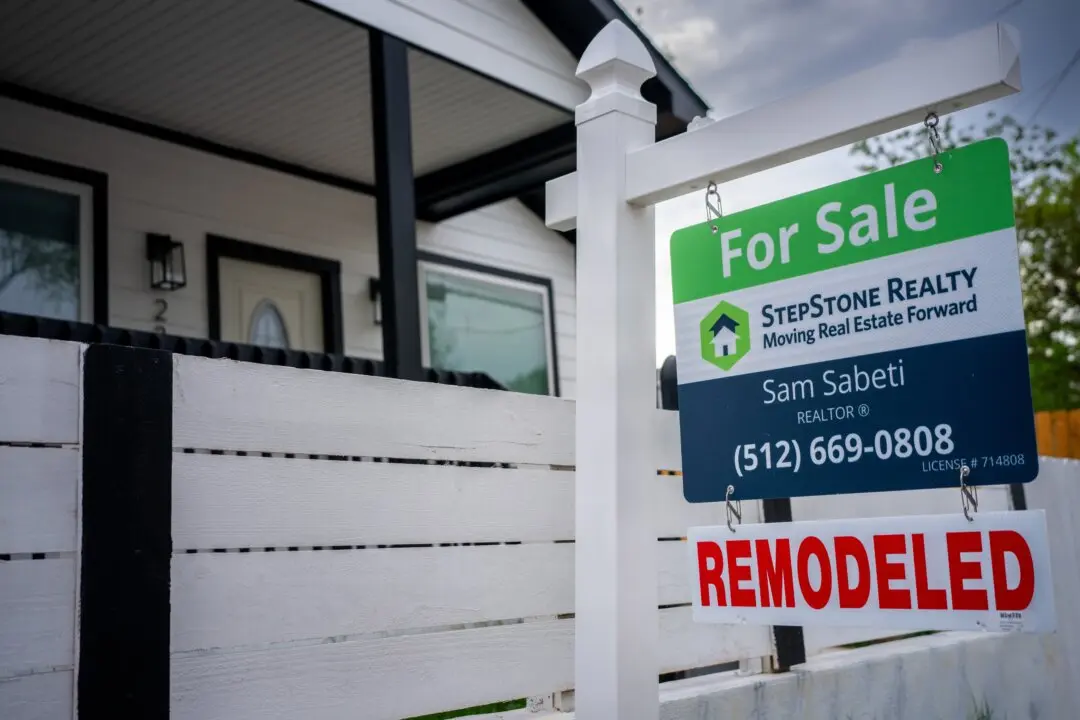The unemployment rate fell to 3.9 percent in April. The only time it has ever dropped so low since 1969 was in April 2000—for one month, according to the Bureau of Labor Statistics.
Employers added 168,000 jobs in April, fewer than the expected 193,000, partly because “cool weather may have reduced hiring in construction and other sectors,” in a research report obtained from Citibank.





